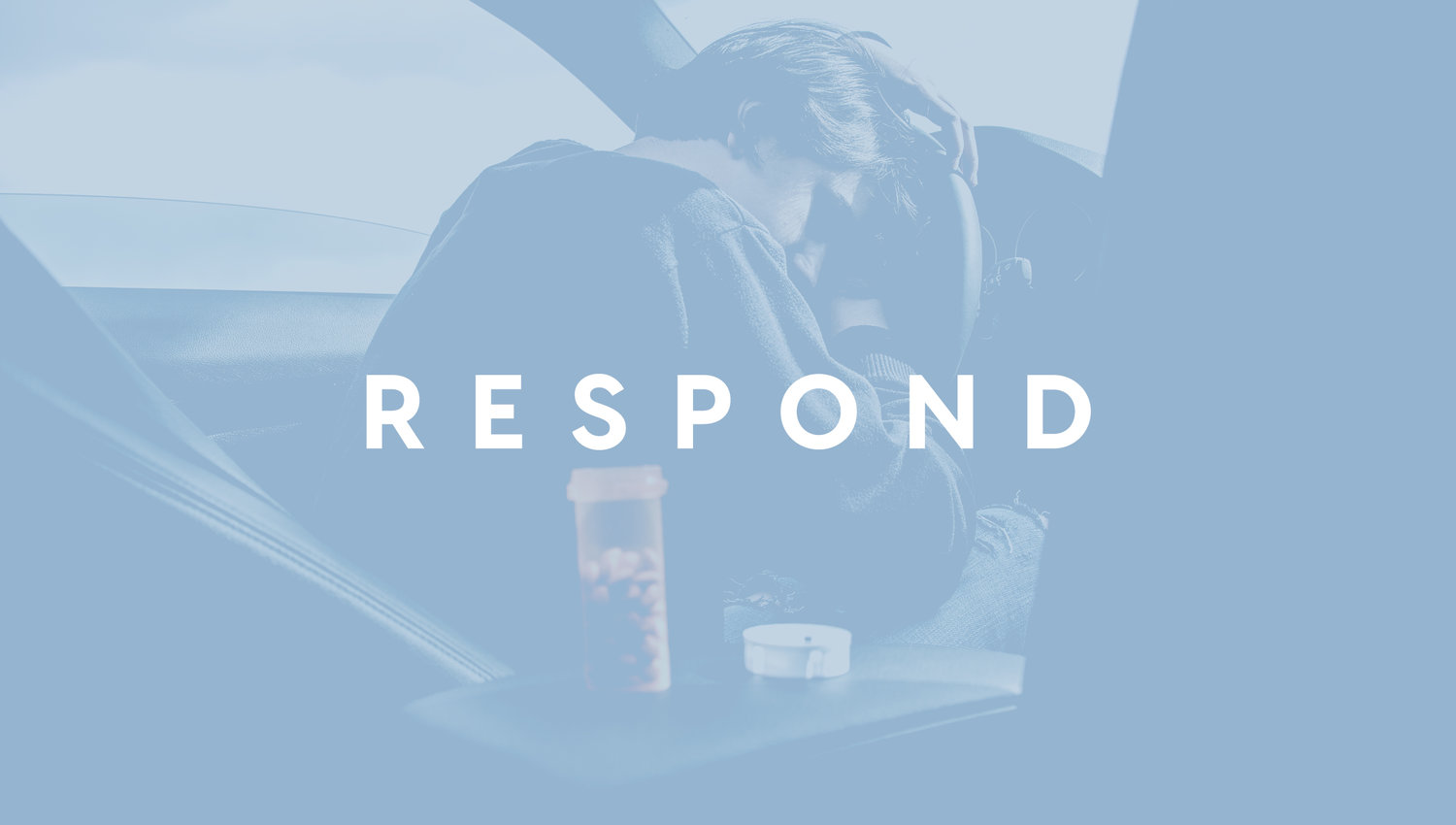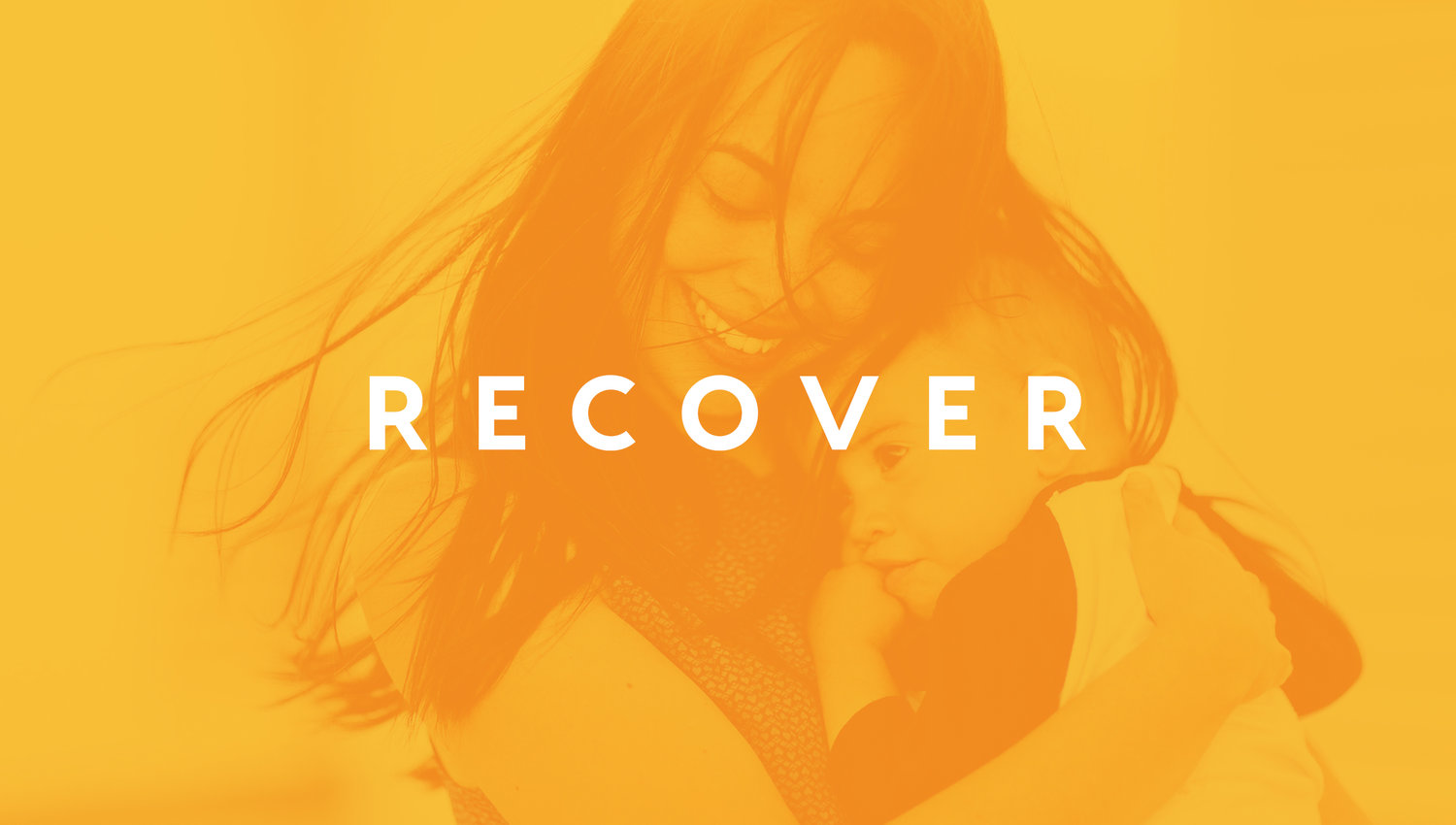Overcome Opioids - Prevent
Getting rid of unused opioids:
Because of the many potential negative side effects of opioids, it is recommended that if you do have prescription opioids in your home that they are kept in a safe place, out of the reach of children and when possible in a locked cabinet. If you have unused opioid pain medications in your home, you can safely dispose of them at the locations listed below. These locations have drop boxes where you can safely and anonymously dispose of unused medications.
- Walgreens Safe Medication Disposal: Many local pharmacies, including Walgreens and CVS, offer kiosks that provide a safe and convenient way to dispose of unwanted, unused or expired medication at no cost, year-round. Kiosks are available at select locations during regular pharmacy hours and offer one of the best ways to ensure medications are not accidentally used or intentionally misused by someone else. Click here for all locations.
- Chicago Police Department Drug Take Back Locations: The Chicago Department of Public Health has partnered with the Chicago Police Department to provide residents with a place for the safe and proper disposal of unused or expired prescription and over-the-counter medications (for households only). Residents may take their pharmaceuticals to one of the following designated drop off locations 24 hours a day, 7 days a week. Look for the blue box in the lobby. Click here for all locations.
Overdose Prevention Tips:
If you’re taking prescription opioids under medical care:
- Let your medical provider know about any new diagnoses or new medications that you are currently taking
- Avoid using alcohol, benzodiazepines (for example Xanax, Klonipin, Valium), or other medications that make you tired in combination with opioids
- Use your medication as prescribed. If it is not relieving your pain, speak with your medical provider right away
- If you have concerns related to the risks or side effects from opioids, talk to your doctor about other medication and non-medication options
People using opioids (could be prescription opioid pain medication, or illicit heroin or fentanyl) who are not under medical care:
-
 Use one drug at a time
Use one drug at a time -
 If you are mixing more than one drug, use less of each drug
If you are mixing more than one drug, use less of each drug -
 Try to avoid mixing opioids with alcohol or benzodiazepines
Try to avoid mixing opioids with alcohol or benzodiazepines -
 Try to avoid using alone. If you are using alone, have a friend or someone you trust check on you
Try to avoid using alone. If you are using alone, have a friend or someone you trust check on you -
 Use less after any period of abstinence or decreased use – even after a few days, your tolerance will go down
Use less after any period of abstinence or decreased use – even after a few days, your tolerance will go down -
 Use less when you are sick or your immune system is down
Use less when you are sick or your immune system is down -
 Test your drug. You can use test strips to determine whether your drug contains something you’re no aware of, such as fentanyl or xylazine.
Test your drug. You can use test strips to determine whether your drug contains something you’re no aware of, such as fentanyl or xylazine. -
 Use a less risky method (for example, snort instead of inject)
Use a less risky method (for example, snort instead of inject) -
 Leave the door unlocked whenever possible
Leave the door unlocked whenever possible -
 Have an overdose prevention plan
Have an overdose prevention plan




